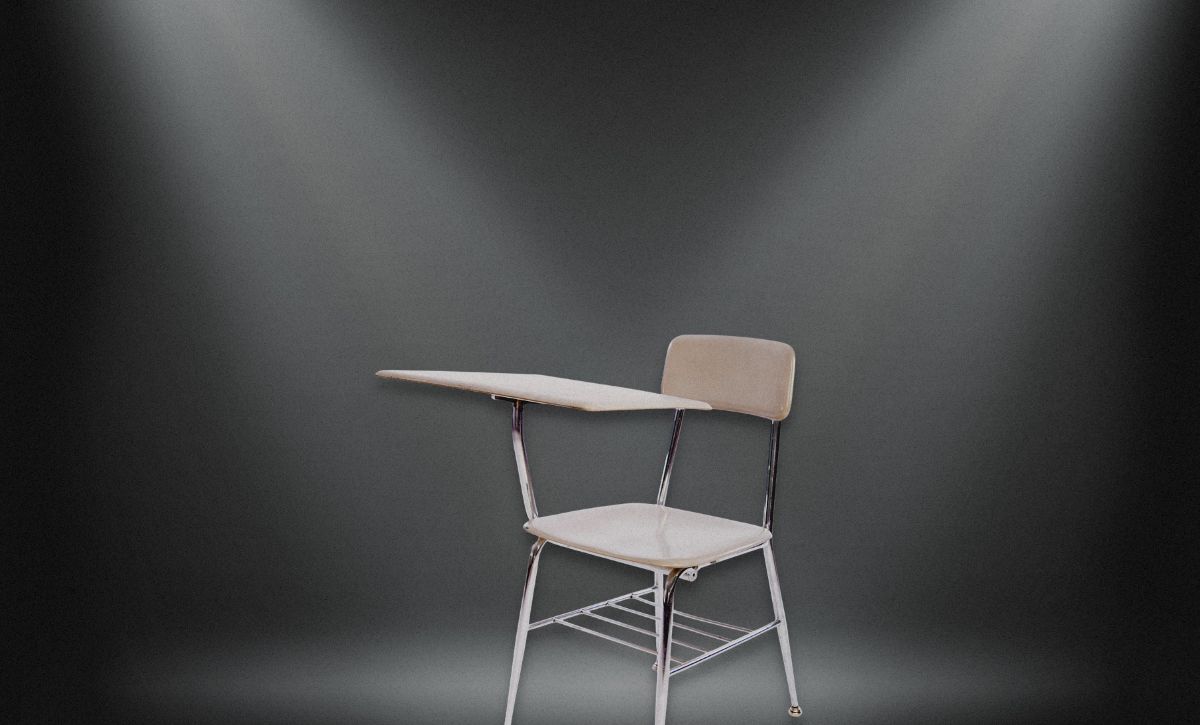Analysis: After Millions in Relief Funds, Why Aren’t Schools Doing More to Find Lost Students?
Teacher hiring continues — in some cases, at an accelerated pace when compared with pre-pandemic levels — even as student populations drop

Get stories like this delivered straight to your inbox. Sign up for The 74 Newsletter
Mike Antonucci’s Union Report appears most Wednesdays; see the full archive.
We have seen a lot of alarming headlines recently in the realm of public education, but people are finally paying attention to something that is a real problem: an awful lot of kids are missing school.
Over at The Grade, Alexander Russo declared it “the big story of the week,” asking “Where Are the Students?” and listing reports from across the country that detailed remarkable drops in enrollment and attendance.
“Almost 10% of the school population seems to have disappeared,” said Daniel Domenech, executive director of the American Association of School Administrators.
Ruling out alien abduction, the kids didn’t vanish into thin air. School officials have a host of educated guesses: private school, homeschool, charter school, undocumented workers returning to their home countries, families moving to lower-tax states … the list of possibilities goes on.
Few want to entertain the notion that many students infrequently or never logged in to virtual instruction during the height of the pandemic, and never returned to classrooms when schools reopened. The kids could be anywhere, but they’re still out there.
With millions of dollars in relief money available to them, school districts should be finding those lost students and returning them to classrooms. But are they doing that?
Christine Pitts of the Center on Reinventing Public Education notes, “few districts reporting enrollment drops appear to be spending their relief dollars on efforts to re-enroll students, according to our review. Instead, more districts are spending their one-time funds on teacher recruitment and retention — which means staffing cuts may loom on the horizon when stimulus funds dry up.”
Amid the absolute flood of stories about the great teacher shortage, some observers detected that hiring continues at a pace — and, in some cases, an accelerated pace — when compared with pre-pandemic levels. Even while it was touting a massive shortage, the Texas Tribune managed to notice that “for the 2021-22 school year, Texas employed 370,431 teachers — the most it has ever had.”
A similar situation in Pennsylvania prompted The Center Square to ask the Pennsylvania Department of Education how the commonwealth could have fewer students and more teachers and still have a teacher shortage. The reply was edifying.
“An increase in staff doesn’t mean there is not a shortage,” the spokesperson wrote, “it simply means that more staff were hired over last year while there is still a large number of vacancies to fill. To simplify, consider this theoretical example: School A has 1,000 teachers and 200 vacancies. This year, it hired 100 new teachers to bring its staff to 1,100. That’s a 10% increase, but there are still 100 unfilled vacancies.”
Simple enough, but most dodges are. First, if this were true, it would actually be excellent news, but I don’t see any headlines about how Pennsylvania cut teacher vacancies in half. Second, it completely ignores the part about enrollment. Why does School A still need 1,200 teachers for fewer students?
But, biggest of all, when did “vacancies” become an amorphous term?
Given a stable number of students, the baseline should be one replacement teacher for each teacher lost to dismissal, retirement or voluntary separation. If that cannot be achieved, then you can reasonably call it a shortage.
But according to a new report by the Rand Corp., “multiple studies of teacher turnover have not found evidence of unusually large attrition.” So where are the vacancies? Rand’s survey of 291 district leaders lead researchers to conclude “it is districts’ increase in number of staff that they seek to employ rather than an exodus from teaching that is straining the teacher labor market. More than three-quarters of surveyed district leaders indicated that they have expanded their substitute and/or regular teaching staff above pre-pandemic levels as of spring 2022.”
Put this all together, and you get a six-chapter story:
- Federal and state governments send huge COVID relief packages to school districts in anticipation of large-scale teacher resignations due to the pandemic.
- Large-scale teacher resignations do not materialize, though large-scale drops in student enrollment and attendance do, at least mitigating the need for additional teachers.
- With pots of additional money, districts decide to spend it the way they spend 80 cents of every education dollar: on more employees and/or more employee compensation.
- Since virtually every district has extra money, they are all competing for employees, leading to the inability of many to find suitable candidates for their newly created positions.
- The relief money will draw more people into the profession, just in time for …
- … the money to run out, leading to layoffs and reductions in force that, due to seniority rules, will fall upon the very same people districts are in such a frenzy to hire now.
We’re well into Chapter 4, but it doesn’t have to end as a horror story. Putting kids in seats is the absolute bare minimum we should be getting from public schools. There’s no sense in hiring people to teach ghosts.
Get stories like these delivered straight to your inbox. Sign up for The 74 Newsletter

;)